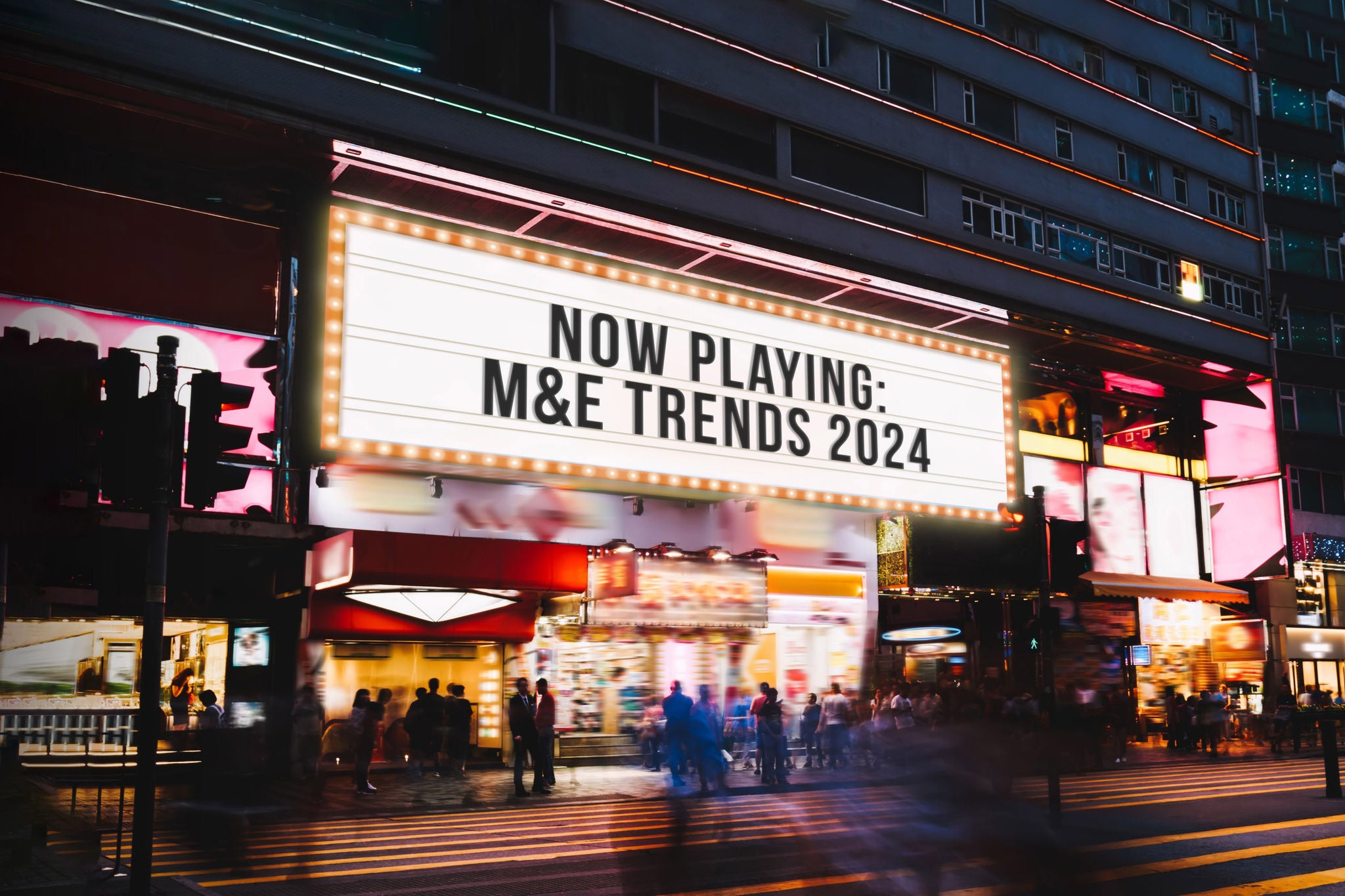Pulse of Information
Stay updated with the latest news and insights.
Streaming Wars and the Rise of Binge-Watching
Discover how the Streaming Wars fuel the binge-watching craze and reshape our viewing habits. Dive into the future of entertainment!
The Evolution of Streaming Services: How We Got to the Binge-Watching Era
The history of streaming services dates back to the early days of the internet, where audio and video were streamed in low quality, keenly experimenting with the concept of on-demand content. With the advent of broadband in the early 2000s, companies started to capitalize on this technology. Netflix, initially a DVD rental service, revolutionized the industry in 2007 by introducing streaming capabilities, allowing users to watch movies and shows instantly. This marked the beginning of a shift in how audiences consumed media, making traditional cable subscriptions seem outdated.
As technology advanced, more platforms emerged, each contributing to the evolution of binge-watching. With the rise of platforms like Amazon Prime Video, Hulu, and later, Disney+, consumers found themselves with an abundance of content available at their fingertips. The release of entire seasons at once transformed viewing habits, as audiences could now engage in marathon viewing sessions. This cultural shift has not only changed how we watch television but also how content is produced, prompting creators to craft narratives that resonate in a binge-watch format.

Decoding the Streaming Wars: Which Platform Reigns Supreme?
The streaming wars have transformed the way we consume media, creating a landscape where numerous platforms vie for our attention. As consumers, we're faced with an overwhelming number of choices, from industry giants like Netflix and Amazon Prime to newer contenders like Disney+ and Apple TV+. Each platform brings its own unique offerings, including exclusive original content, varied subscription models, and user-friendly interfaces. So, which service actually reigns supreme in this dynamic environment? Let's decode the parameters that determine success in this competitive arena.
In evaluating which platform stands out, we must consider a few key factors:
- Content Library: What shows and movies does each platform offer?
- User Experience: How easy is it to navigate and discover new content?
- Price Point: How does the subscription fee compare to the available content?
Why Do We Binge-Watch? The Psychology Behind Our Viewing Habits
Binge-watching has become a ubiquitous phenomenon in the digital age, with many viewers consuming entire seasons of their favorite shows in one sitting. This behavior is rooted in various psychological factors. One prominent reason is the reward system in our brains, which is stimulated by the enjoyment of gripping narratives and character development. When we watch a series, our brains release dopamine, a neurotransmitter associated with pleasure, creating a cycle that encourages us to continue watching. As the story unfolds, a sense of anticipation builds, compelling us to click 'next episode' as soon as the credits roll. This creates a euphoric escape from reality, allowing us to immerse ourselves in different worlds.
Additionally, the social aspect of binge-watching cannot be overlooked. In today’s interconnected world, sharing viewing experiences has emerged as a cultural norm. Many people engage in conversations about cliffhangers and plot twists on social media, enhancing their enjoyment of the content. This phenomenon is further amplified by the vast availability of streaming platforms that offer complete seasons at once, making it easier than ever to indulge in hours of entertainment. However, while binge-watching can be an enjoyable escape, it's essential to maintain a healthy balance, as excessive viewing can lead to feelings of isolation or disruption in daily routines.